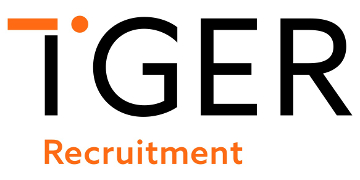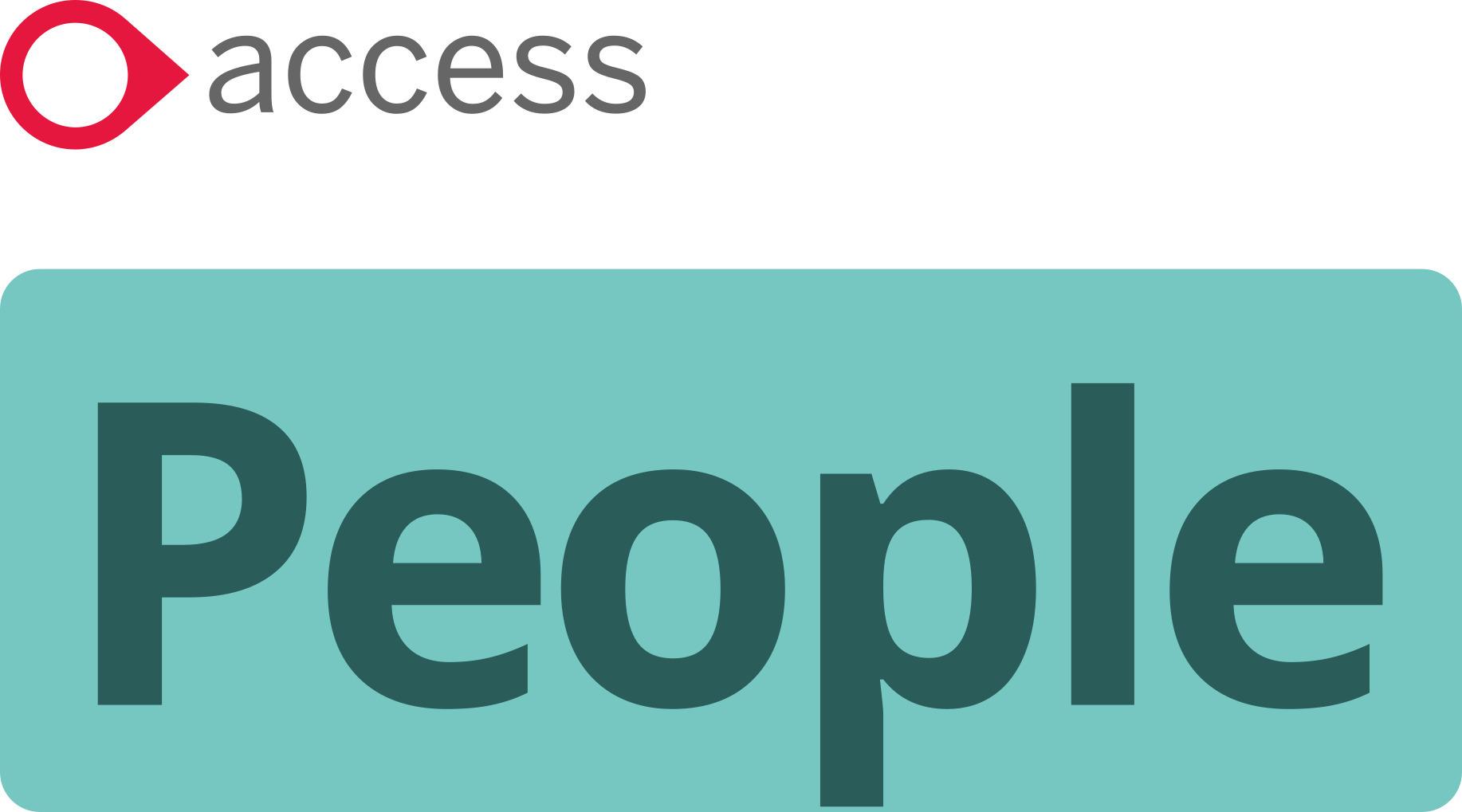MetLife UK surveyed 1,200 professionals, and one in two expressed a willingness to accept lower pay for improved and tailored perks. Personalised benefits are an evolution from the one-size-fits-all model, offering a bespoke experience that allows employees to pick and choose benefits to suit their circumstances.
In recent years, the rise of flexible working, Gen Z attitudes to work and the increase in cost of living have all contributed to a desire for more tailored benefits. As such, employers who offer personalised benefits packages will be much more likely to gain an edge in attracting and retaining talent.
In February 2024, Tiger Recruitment invited a select group of HR leaders to discuss their value, implementation, and associated challenges. Some of the insights from the roundtable discussions are explored below.
The value of personalised benefits
Many employers offer a rigid set of core benefits to all employees. Nowadays, people expect personalisation both at work and outside of it – they want to be heard and understood. Herein lies the value of personalised benefits, where employees can choose the perks that matter most to them. Additionally, the flexible nature of the programmes means they can be updated regularly.
Our roundtables shed light on some of the most popular benefits. For example, one HR leader discussed reimbursing wellness expenses and providing wellbeing perks like office massages, reflexology and yoga sessions. Another cited an annual payment of $750 for workers to spend on their wellbeing, with no questions asked. Presenting employees with choice is key to their uptake.
Organisations should consider a holistic approach to personalised benefits, from including financial perks to soft benefits and wellbeing initiatives. This also encompasses mental health, and employers are increasingly prioritising these initiatives to foster a healthy and productive workforce. Roundtable attendees discussed benefits like drop-in mental health coaching sessions and subscriptions to wellness apps that contribute to employee physical and mental wellbeing.
Setting up personalised benefits
So, what is best practice for setting up personalised benefits? Naturally, it will depend on the size of your organisation and the scale of investment.
Implementing personalised benefits requires careful planning, including employee listening activities. To start, employers need to understand their employees’ interests and preferences, to ensure benefits are as tailored and relevant as possible. One HR leader mentioned the value of conducting surveys, holding one-on-one meetings with workers, and utilising the vast amount of employee data that employers already hold.
In terms of delivery, organisations can either manage benefits in-house or with the help of a benefits provider service that manages the platform remotely. This is often via an app which maximises accessibility. HR teams must regularly monitor the uptake of their benefits and consult with staff to ensure that the choices are appealing. Leveraging digital platforms and data analytics can streamline administration and ensure that benefits align with employees' preferences and needs.
It’s also crucial to educate employees on personalised benefits: what their options are, how to use them, and how to leave feedback. HR leaders discussed effective communication strategies, including holding drop-in Q&A sessions on benefits and using a dedicated Teams or Slack channel for communication, rather than spamming inboxes.
Staff retention
Personalised benefits can hold a lot of sway in retaining talent. Salary benchmarking is still important, and a good employment package combines a mix of attractive perks and a competitive salary. You can benchmark your salaries effectively with Tiger Recruitment’s Salary and Benefits Review 2024.
Investing in benefits, however, offers a cost-effective way to keep your workforce happy. Employees will particularly appreciate perks that allow them to grow both professionally and personally. One HR leader discussed proposing up to three days of paid study leave, and providing ‘lunch-and-learn’ events with expert guest speakers. Understanding the benefits that matter to your employees will go a long way in enhancing job satisfaction and employee loyalty, ultimately leading to higher retention rates.
Learn more
The above insights merely scratch the surface. Request the full roundtable report – featuring best practices on implementing personalised benefits, a list of popular perks and more insights – here.
Rebecca Siciliano is marketing director for Tiger Recruitment











